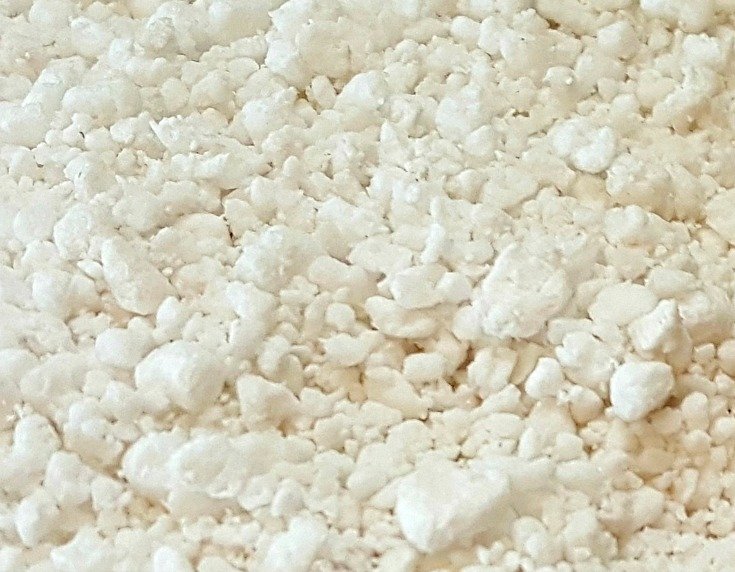

Lately there has been a decline in the use of mineral wool. Mineral wool does not biodegrade, which makes it an environmental nuisance when disposed.

Medium must be conditioned by soaking in a low-pH solution before use. The initial pH of the commercial material is rather high (7.0 to 8.0), therefore,Ĭontinuous pH adjustment to a more favorable range (5.5 to 6.0) is required, or the It has a high pH, and nutrient solutions must be adjusted to accommodate for thatįactor.It does not break down for three to four years. Mineral wool slabs can be reused by steam sterilizing the slabs between crops.It is available in multiple sizes and shapes for various hydroponic applications.Įverything from 1-inch cubes to huge slabs can be found.System ample oxygen as long as the medium is not completely submersed. It has a large water retention capacity and is 18% to 25% air, which gives the root.It readilyĪbsorbs water and has decent drainage properties, which is why it is used widely asĪ starting medium for seeds, rooting medium for cuttings and for large biomass crops Into small threads and formed into blocks, sheets, cubes, slabs or flocking. Primarily of granite and/or limestone, which is superheated and melted, then spun Mineral wool (such as Rockwool) is a sterile, porous, non-degradable medium composed Overview of the Most Popular Hydroponic Growing Mediums Lightweight, easy to handle, reusable and durable. Neutral pH and good cation-exchange capacity (the ability to hold nutrients). Some mediaĬan be reused by pasteurizing at 180 F for 30 minutes or using a 10% bleach soak forĢ0 minutes followed by multiple rinses of tap water. A clean medium does not introduce additional nutrients to the roots. A clean and sterile growing medium will minimize the spread of both diseases and The medium must stay damp from the nutrient flow long enough for plants to absorbĪll their required nutrients between cycles. Soft aggregates that disintegrate easily should While the medium must have good water retention, it also must provide good drainage.Įxcessively fine materials should be avoided to prevent excessive water retention Comparison between the cost, lifespan and pH level of various hydroponics mediums.Īn ideal growing medium should have all or some of the following characteristics: Soilless media must provide oxygen, water, nutrients and support the plant A grower should look for specific qualities in choosing Selection of a growing medium depends on the type of plant, the pH of irrigation water,Ĭost, shelf life of the product, the type of system that is being used and a grower’s Lava rocks and expanded shale are among the most widely used growing media in aquaponics. Support the plants and provide surface area for the growth of bacteria. Producers also choose growing media that will provide plant nutrition, The three main live components of aquaponics are plants, fish (or other aquatic creatures)Īnd bacteria. Nitrifying bacteria convert the ammonia into nitrates.įor more information about aquaponics see OSU Extension fact sheet HLA-6721, Aquaponics. For more information about hydroponics see OSU ExtensionĪquaponics couples hydroponics with aquaculture, using nutrient-rich water to feed Medias like coconut coir, peat, pine bark and inorganic mediums such as mineral wool, Today, manyĪlternative porous materials are used as growing media in hydroponics, including organic In revolutionary expansion of rockwool-grown crops in many countries. In the late 1960s, ScandinavianĪnd Dutch greenhouse growers tested rockwool plates as a soil substitute, which resulted Mediums used in soilless cultivation at that time. Quartz sand and gravel were the most popular aggregate Later, scientists started using an aggregate medium to provide supportĪnd aeration to the root system. Nutrient solution by adding various inorganic salts to water, then using them for In 1860, two scientists, Knop and Sachs, prepared the first standardized In 1937 to describe all methods of growing plants in liquid media for commercial purposes.īefore 1937, scientist were using soilless cultivation as a tool for plant nutrition The term “hydroponics” was first introduced by American scientist Dr. Overview of the Most Popular Hydroponic Growing Mediums.


 0 kommentar(er)
0 kommentar(er)
